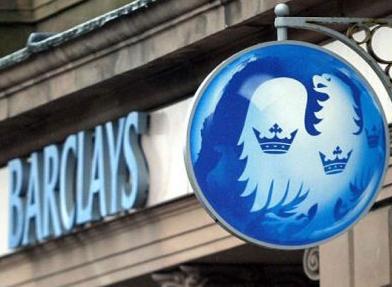 The Reserve Bank of India is expected to slash key rates by 0.25 per cent in its month-end monetary policy even though inflation is at higher levels, global financial services provider Barclays said on Thursday.
The Reserve Bank of India is expected to slash key rates by 0.25 per cent in its month-end monetary policy even though inflation is at higher levels, global financial services provider Barclays said on Thursday.
"We maintain our call of a 0.25 pc cut on July 31. We think the chances of a rate cut would rise if the government is able to marshal the political determination to hike fuel prices after the July 19 presidential election (which would help on the fiscal side)," Barclays said in a report.
RBI Governor Subbarao has recently indicated that it cannot ignore inflationary signals.
"Importantly, policy action by the RBI has typically been aligned to movements in the WPI rather than in the CPI, as the latter is often influenced heavily by supply side issues, which are difficult for monetary policy to address.
RBI's next quarterly monetary policy announcement is on July 31.
Inflation, as measured by the Wholesale Price Index, was 7.25 per cent in June much above the comfort level of 5-6 per cent.
At the same time, Consumer Price Index for May was 10.36 per cent.
With economic growth hitting nine-year low of 6.5 per cent in 2011-12, the industry has been demanding rate cut by RBI to promote growth.
In its bid to rein in inflation, the Reserve Bank hiked key policy rates 13 times, totalling 350 basis points, between March 2010 and October 2011.
"While the uncertainties regarding the RBI's near-term policy decisions remains considerable, we remain comfortable with our expectation of a further 100bp of cuts in the repo rate in FY 12-13 (including a possible cut in July)," Barclays said.
Since January this year, RBI has resorted to injecting liquidity into the financial system by reducing cash reserve ratio for banks.
Besides, it has called for fiscal steps by the government to combat inflation.
However, RBI in its monetary policy review last month had refrained from reducing rate in view of high inflation and deteriorating global climate.
RBI has projected inflation to be around 6.5 per cent by March 2013, with a caution that it will remain sticky and that there was a need to arrest the decline in economic growth.










